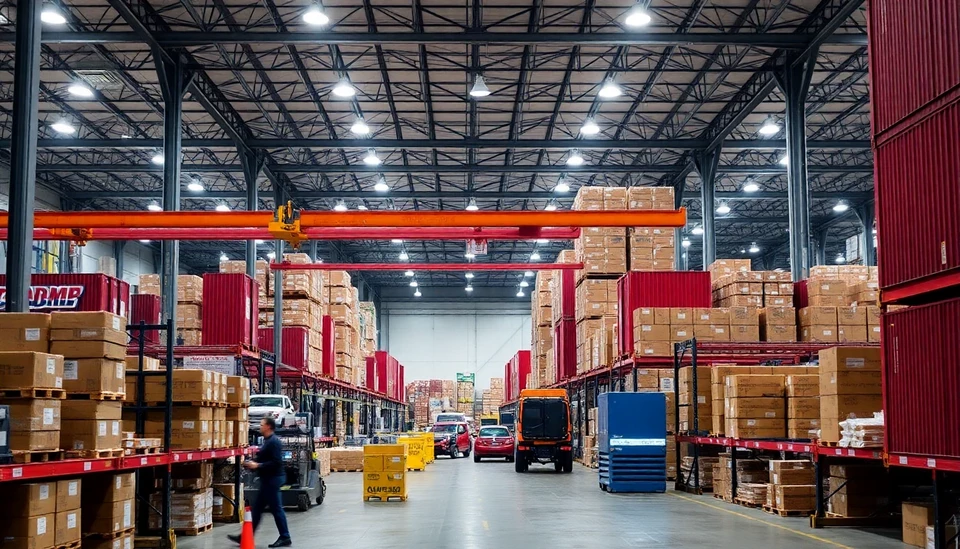
In a surprising turn of events, the ongoing trade war initiated under former President Donald Trump has led to a significant influx of goods being stockpiled in US warehouses. As companies scramble to navigate the complexities of new tariffs, a unique loophole has emerged that is reshaping supply chain strategies across the nation.
With tariffs impacting a wide range of imported products, many businesses are taking proactive measures to avoid the steep costs associated with these levies. This has turned warehouses into bustling hubs of activity as companies rush to store products before potentially higher tariffs come into effect. This phenomenon has been compounded by the uncertainty surrounding trade policies, pushing businesses to rethink their inventory management practices.
According to industry insiders, a peculiar aspect of the current trade landscape has been the discovery of tariff loopholes that allow certain products to be imported at lower costs. This loophole has inadvertently created a rush among importers to stockpile goods that could be subjected to increased tariffs in the near future. As a result, warehouses across the country are experiencing what some are calling a “run on inventory,” with companies eager to secure their supplies at pre-tariff prices.
The situation has compounded existing supply chain challenges, as logistical bottlenecks become increasingly common. Companies are not only racing to fill their warehouses but also facing the additional strain of shipping delays and rising transportation costs. This has resulted in a perfect storm for warehouses, many of which are now operating at near full capacity, and some reports suggest that certain facilities are even turning away new inventory due to space constraints.
Experts weigh in on the implications of this surge in stockpiling. They warn that while the immediate response to stockpile goods may be prudent, it also highlights the uncertainties businesses face in a volatile trade environment. Analysts predict that as companies secure these goods, they may inadvertently inflate prices in the long run, impacting consumers as tariffs take hold.
Local economies are also feeling the effects of this warehouse rush. Those that rely heavily on warehousing and logistics are experiencing a boom, with increased demand for storage facilities and labor. However, communities that lack sufficient infrastructure to handle this surge may face challenges, including traffic congestion and strain on resources.
As we move further into this uncertain trade environment, analysts suggest that staying informed about tariff changes and strategizing around inventory could be crucial for businesses hoping to thrive. The ramifications of this trade war deepen as companies face the reality of tariffs, prompting many to take measures that may have unforeseen consequences on the economy as a whole.
In conclusion, the ongoing trade war and the emergence of tariff loopholes are forcing businesses to act decisively, turning warehouses into critical assets in this economic landscape. This situation underscores the importance of strategic planning in navigating the complicated world of trade tariffs.
#TradeWar #Trump #Tariffs #SupplyChain #Warehousing #Economy #Logistics
Author: Samuel Brooks




